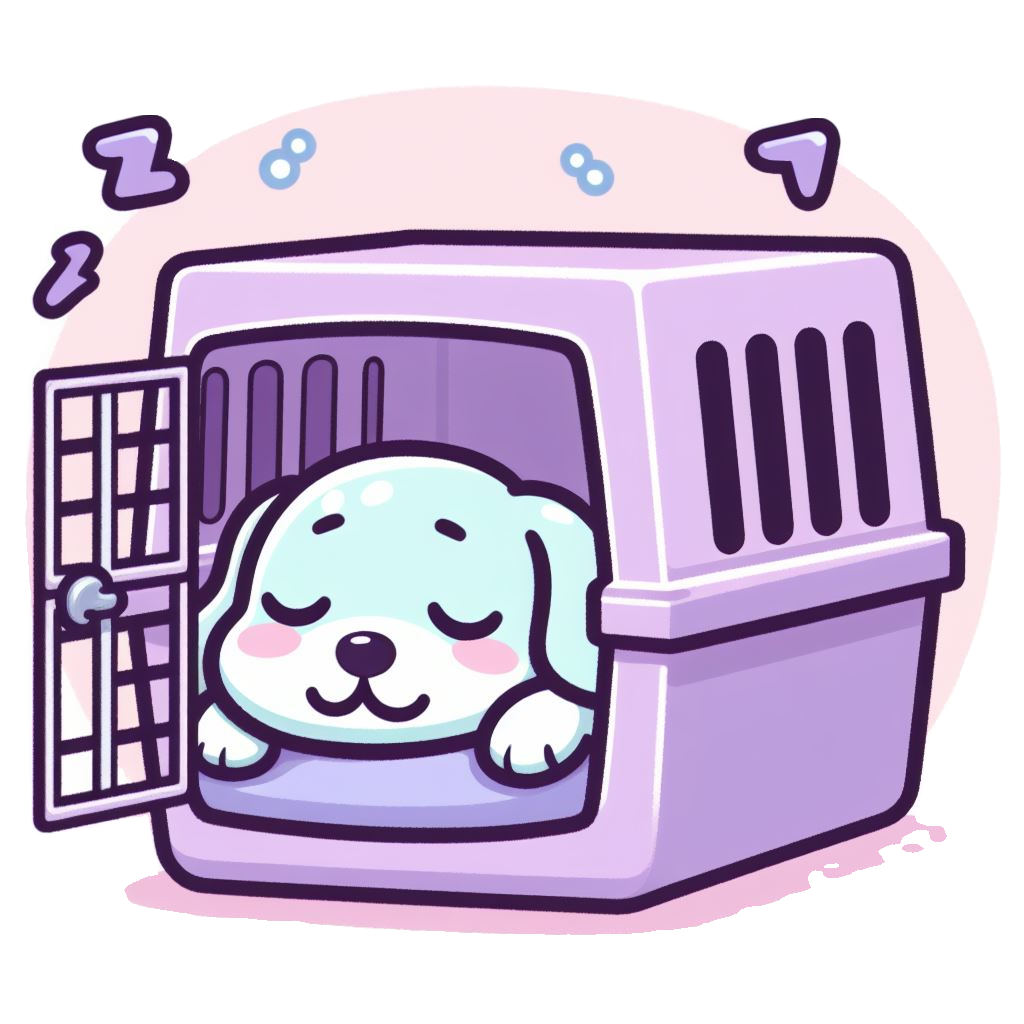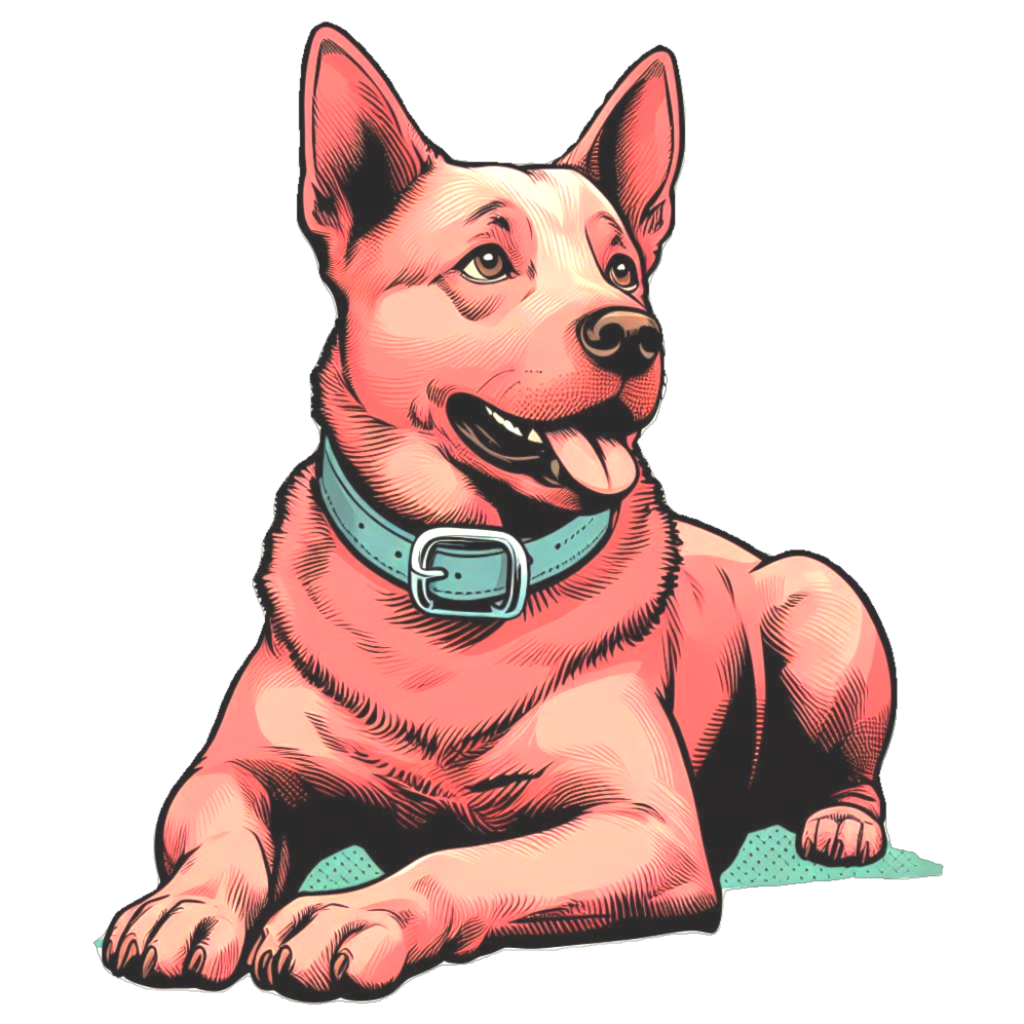BEFORE ADOPTING
DECIDING IF A PUP IS RIGHT FOR YOU
PREPARING YOUR HOME FOR THE NEW ARRIVAL
EVERYONE HAS TO BE READY
Make sure the entire family and any housemates are ready to accept the responsibility of having a new pup in the home. Pets should not be gifted, so no one should be surprised when a new pup arrives.
- If anyone in the home is hesitant, or not ready to accept a pup into the home, then it may not be the right time to adopt.
- Children should be taught how to approach a dog, the importance of gentle interactions, and to avoid roughhousing.
ADOPTING A PUP IS LIFE CHANGING
Think about how a new pup will affect your life and current schedule.
- Remember dogs can live an average of 15 years and are a long-term commitment. Think about if a new pup will fit into any future plans you may have. If you know you can dedicate at least 5 years to a pup, but not sure about the long haul, consider adopting a senior. PC can help you find a good fit.
- Dogs have different personalities and different temperaments. Think about what type of personality and temperament are a good fit for your family. Are you looking for a couch potato or a jogging partner? PC can help you select the right pup for your lifestyle.

DESIGNATE POTTY AREA
If you have decided a new pup is right for you and your family, the next step is to determine where your pup will be spending most of their time. Because a change of environment can be stressful (from our rescue or foster home to your house), they may forget any housebreaking they may have learned, so having a designated potty area before bringing them home is a good idea.
- Determine where they will be going potty and who will be in charge of taking them out .
- New pups should be watched carefully and taken out at least every hour until they become familiar with their potty routine, this should be more frequent for puppies and small dogs, and generally takes about 3-5 days. Determine who will be in charge of taking them out at different times.
PURCHASING AND SETTING UP A CRATE
If you plan on crate training your pup, be sure to have a crate set up and ready to go before you bring them home.
- Make sure the crate is large enough for your pup to stand up and turn around comfortably.
- Even if you don’t plan on leaving your pup alone often, it is still important to crate train for the rare times they will need to be crated by you, your pet sitter, or your vet.
- Move the crate to a common space where you will be spending a lot of time and leave it open. This will allow your pup to choose to go in the crate for relaxation and will reinforce the idea of the crate as a safe space.
PUP PROOFING
Dog-proof the area where your pup will spend most of their time during the first few months. This may mean taping loose electrical cords to baseboards; storing household chemicals on high shelves; removing poisonous plants, rugs, and breakables. You may even consider putting up baby gates to prevent your pup from accessing off-limit areas.
RECOMMENDED LEASH
We recommend purchasing a slip-lead or martingale collar, which is a type of tool that works intuitively with your pup. When they pull, the collar/lead will tighten. This will prevent your new pup from getting away from you if they get spooked.
STUDYING BODY LANGUAGE
Watch educational videos on how to properly read dog body language. Educating yourself about the different cues a dog can give to indicate when they are nervous, fearful, unsure, excited, or happy, will really speed up the bonding process after you bring your new pup home. Youtube is a great place to start.
AFTER ADOPTION
POTTY TRAINING
Determine where your pup will be going potty and who will be in charge of taking them out .
- New pups should be watched carefully and taken out at least every hour until they become familiar with their potty routine, this should be more frequent for puppies and small dogs, and generally takes about 3-5 days.
- Dogs should not be reprimanded when going potty in the house. If you catch your pup mid-accident encourage them to follow you outside. Reprimanding them will only encourage them to hide when they need to relieve themselves.
CRATE TRAINING
After setting up an appropriately sized crate, it should be placed in a high traffic area of your home, where the pup can be allowed to be around the family, but still have a safe place to retreat to.
- You may notice your pup is instantly comfortable being crated, or may even prefer to be in the crate for long periods of time. This is a good sign. Your pup feels safe in the crate. They will come out when they are ready and should not be forced to interact.
- If your pup does not take to the crate instantly, try introducing them to the crate over shorter periods of time. Start by giving them treats or chews in the crate and then releasing them as soon as they have finished.
- Do not let them out while they are whining, but wait for a quiet moment, to reinforce the behavior.
- Try crating after play or walks and potty breaks, when your pup is ready for some relaxation.


FIRST DAYS IN NEW HOME
ON THE WAY HOME
Safely secure your pup on the way home, preferably in a crate. Some dogs find car trips stressful or even get car-sick like people do. Keeping them in a safe place will make the trip home easier for them and for you.
INTRODUCE TO POTTY AREA
Once home, take them immediately to the designated potty area and spend a good amount of time with them so they will get used to the area and relieve themself. Your pup may spend more time sniffing than relieving themself, or they may be shut down and too nervous to move around. Even if they do relieve themself during this time, be prepared for accidents.
- We recommend spending at least 15 minutes and waiting for two urinations before heading inside.
- Coming into a new home with new people, new smells and new sounds can throw even the most housebroken dog off-track, so be ready just in case.
- Puppies usually have to potty about 15-30 minutes after a meal. That's a great time for a potty break.
INTRODUCTIONS TO HOUSEHOLD
Adults and children living in the home should be calm and allow the new pup to come up to them before introducing themselves. Allow the pup to sniff the person. The pup should not be forced to interact with people or other pets.
- If there are multiple pets in the house, dog introductions should start first in a neutral area (front or backyard, depending on if any of the current dogs are territorial), and be done one at a time, with the most gentle dog being introduced first. If dog-to-dog introductions need to be done on leash, the leashes should be held slack, approach shouldn't be done head-on but in a circular motion, and dogs should be directed to sniff rears instead of touching noses. It's also helpful to do a few pass alongs where the dogs can sniff while passing before doing a full introduction. Repeat the process for each new introduction.
- Pups can wear a leash, while supervised, when first allowed into a home where cats are present. Watch your pup carefully to gauge their reaction to any cats int he home. The leash can be grabbed to inhibit any chasing or overly excited reactions. Have high-value treats ready to reward positive or neutral interactions or use treats/toys to distract and redirect over fixation.
INTRODUCTIONS TO NEW FAMILIES
Moving to a new environment can be stressful, especially for dogs. Give your new pup time to acclimate to your household before introducing them to strangers. We recommend waiting a full 2-3 weeks before introducing your dog to strangers. This will give your pup enough time to bond and build trust with you and your family.
FEEDING
PC Pups are fed a variety of different dog foods. We recommend trying the following brands to start: PetSmart Authority for puppies and Science Diet, Diamond Naturals or Costco Kirkland for adults. However, the stress of a new environment and the change in feeding may cause some gastric upset. This is normal and should clear up after a week or two.
To lessen the disruption, limit treats or use plain chicken and high quality dehydrated treats.
DAILY ROUTINE
Start your schedule of feeding, toileting, and play/exercise. Your pup will need family time and brief periods of solitary confinement. Don’t give in and comfort him if he whines when left alone. Instead, give him attention for good behavior, such as chewing on a toy or resting quietly.
- Don’t be worried if your dog chooses to distance themselves for the first few days or even the first couple of weeks. Some more nervous dogs will take time to warm up. Give these dogs an opportunity to find their place in the family without pressuring them to interact.
- For less confident dogs, the first couple of weeks should be calm and quiet. Not only will this allow your dog to settle in easier, but it will also give you more one-on-one time to bond and to get to know each other.
- They may need to be leashed to guide outside for their potty breaks.
- Once these pups warm up, they make the best pets. So be patient with them, we promise it’ll be worth it.
FOLLOWING WEEKS
- Believe it or not, you won’t really see your pups true personality until about three (3) weeks after they arrive in their new home. That’s about how long it takes for a new dog to trust their new environment and the people around them. It is normal for them to be observant and careful in the beginning until they learn how to interact with their new family.
- Be patient and understanding while also keeping to the schedule you intend to maintain for feeding, walks, etc. This schedule will show your pup what is expected of them as well as what they can expect from you.
- After the first month, group training classes are a great way to reinforce the bond that has formed between yourself and your pup. Training will also add another way for you to communicate with your pup in a positive way.
- PC provides your pup with all age-appropriate vaccines, deworming, and initial flea and tick treatment. But it’s still important to establish a relationship with a veterinarian for regular ongoing care for the life of your pup.
We've created a guide below called the 3-3-3 Rule of Adopting a Rescue Dog. Check it out for some more helpful tips on helping your pup transition.
THE 3-3-3 RULE OF ADOPTING A RESCUE DOG
The 3-3-3 Rule is a general guide of how to help your new adopted pup decompress in their new home. This is just a guideline. Every pup has their own personality and will adjust differently, but we hope this offers some insight to our adopters.
3 DAYS
FIRST 3 DAYS
GIVE YOUR NEW PUP SPACE
SET BOUNDARIES EARLY
STAY CALM
GIVE CLEAR
DIRECTION
GO ABOUT YOUR NORMAL DAILY ROUTINE
DO NOT FORCE
INTERACTIONS
NO OUTINGS OR
VISITORS YET. HOLD OFF ON WALKS FOR NOW
TAKE OUT TO YARD AT LEAST EVERY HOUR FOR POTTY BREAKS
BE PATIENT AND
STAY POSITIVE!
3 WEEKS
AFTER 3 WEEKS
YOUR PUP WILL START TO FEEL MORE COMFORTABLE
THEY WILL START TO TEST
BOUNDARIES, SO MAKE SURE TO REINFORCE THOSE BOUNDARIES
WORK ON BASIC COMMANDS
(SIT, WAIT, DOWN, COME)
GIVE CLEAR
DIRECTION AT ALL TIMES
GIVE CALM, CLEAR FEEDBACK TO YOUR PUP WHEN MISBEHAVING
WALKS ARE WELCOME. CONSIDER USING A MARTINGALE COLLAR OR SLIP LEAD.
PRAISE EVERY
SUCCESS!
3 MONTHS
AFTER 3 MONTHS
YOUR PUP WILL START TO
TRUST THEIR NEW HOME
THEY WILL UNDERSTAND YOUR ROUTINE
DO NOT EASE OFF TRAINING, MORE IS
BETTER!
YOUR PUP WILL START TO FEEL BONDED TO YOU
USE AFFECTION AS A
RESOURCE!
THIS IS WHEN YOU WILL START TO SEE THOSE GOOD HABITS YOU REINFORCED!

REMEMBER THAT EVERY PUP IS DIFFERENT AND SOME MAY NEED MORE TIME TO ADJUST THAN OTHERS.